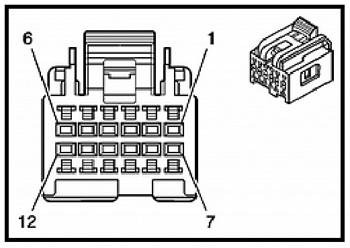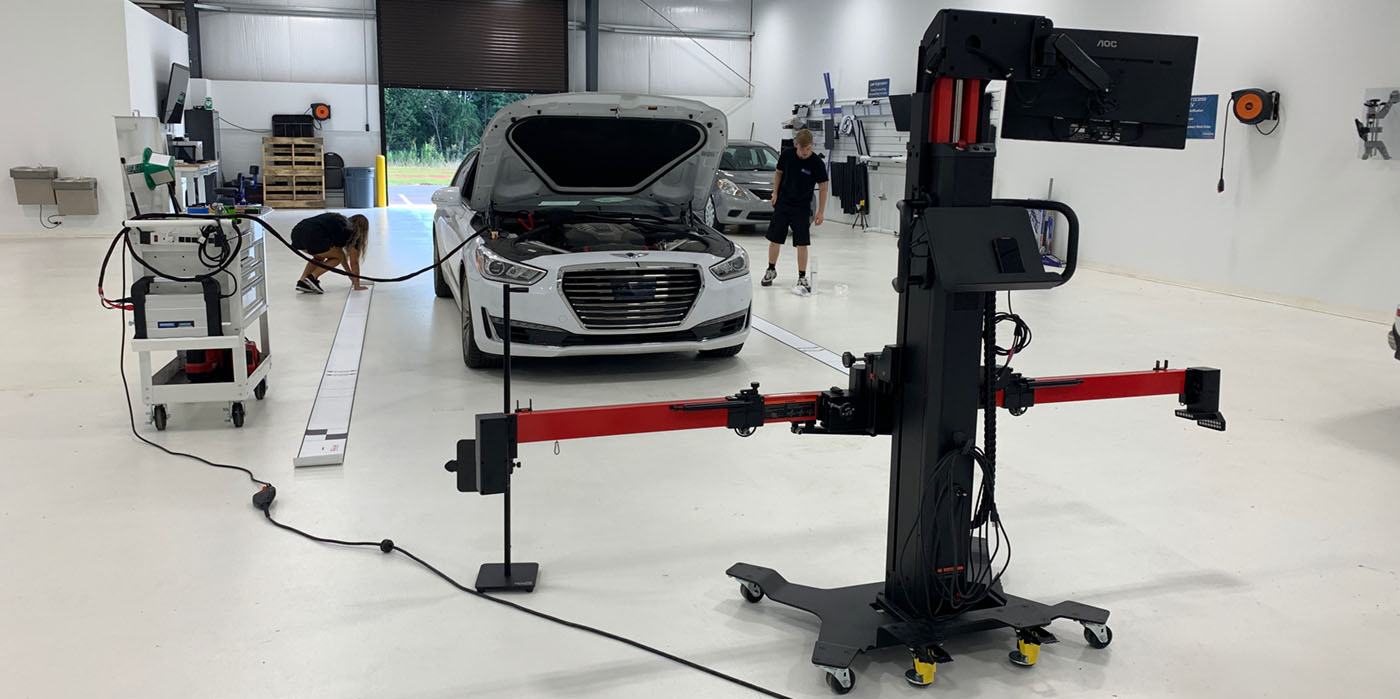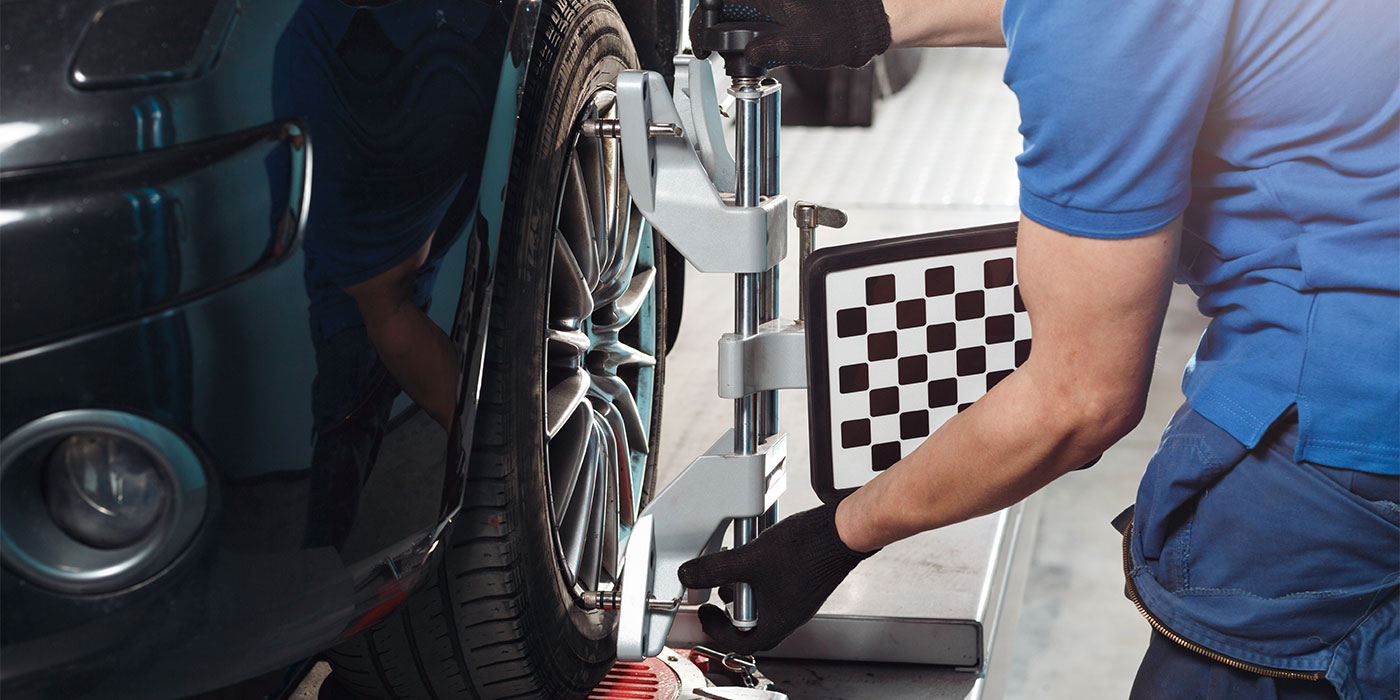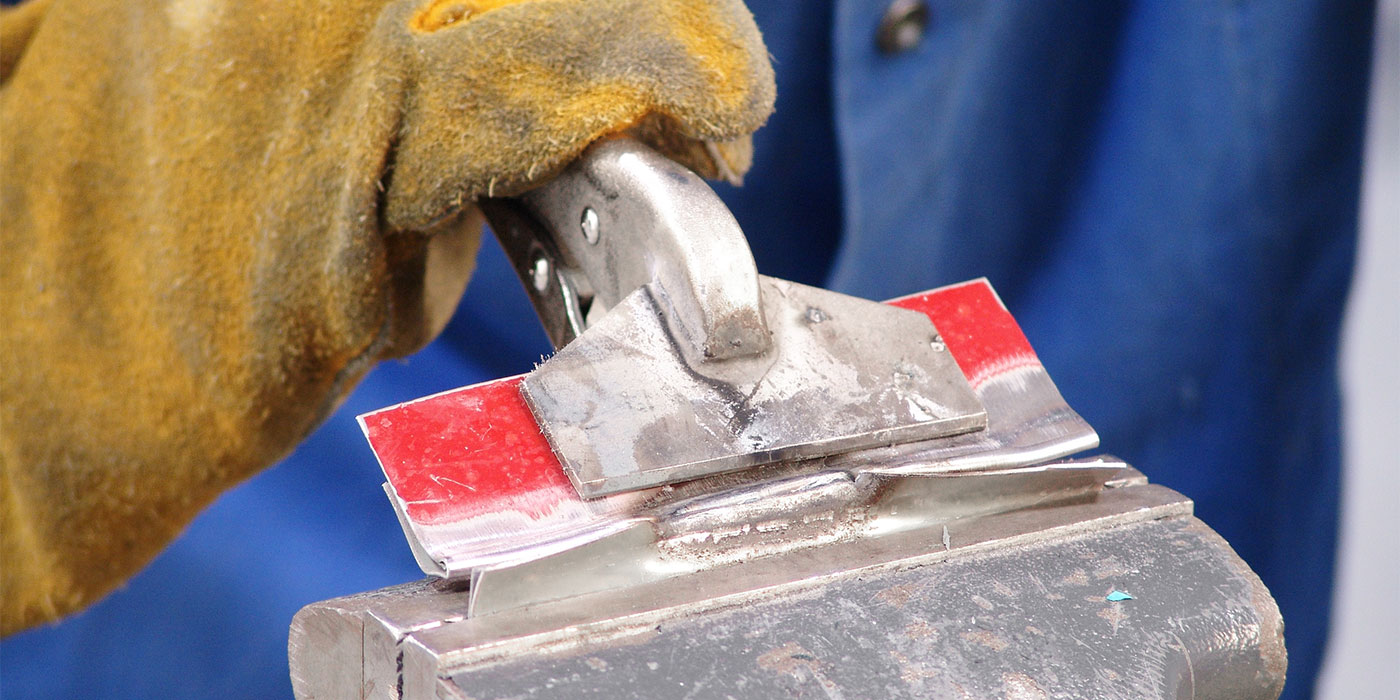 If you’re in the business of repairing vehicles after an accident, you’re either in, or soon will be in, the vehicle diagnostics business.
If you’re in the business of repairing vehicles after an accident, you’re either in, or soon will be in, the vehicle diagnostics business.
The proliferation of electronic components and data buses is forcing the collision industry to join the scan tool revolution. Approximately 67 percent of collision shops already own a scan tool.
Just 10 years ago, the average vehicle had one to three electronic control modules. By contrast, the 2008 F-150 Ford pickup has 20 control modules, 50 sensors and 40 actuators running on three data networks. Some luxury vehicles have more than 70 electronic modules on-board!
These are some of the current and future systems out there:
• Collision avoidance
• Electronic steering
• Tire pressure monitoring
• Hybrid drive
• Electric drive
• Vehicle navigation
• Multiple restraint
• Memory positioning
• Parking assist
• Pedestrian detection
• Drowsy driver detection
• Eye tracking
Outsource or Invest
Until now, collision repair shops have had two options to deal with complex vehicle electronics: outsource or invest. Outsourcing or subletting requires no investment in tools or training, and costs can generally be invoiced. However, costs can only be invoiced at face value, without any up-charge. With in-house diagnostics, you can charge for your time and increase your profit opportunities.
Outsourcing is problematic for several reasons:
1. Towing fees and increased rental car charges – insurers don’t want to pay more.
2. More time – customers want their cars back quickly.
3. Ability – some mechanical shops aren’t so savvy when it comes to “collision-induced damage.”
4. Supplements – because diagnostic-related repairs aren’t visible at the estimating stage, supplemental approvals for work and parts beyond the original estimate may be necessary – which means more time.
Doing the Job Right
Sooner or later, you’re going to have to acquire the tools, training and information to deal with complex diagnostic problems.
You’ll need a diagnostic tool that can read and clear diagnostic trouble codes (DTCs) on OBD II-equipped vehicles (1996 and newer). These tools range in price and functionality, with the most basic only helping to diagnose emissions-related issues.
If you’re repairing a lot of TPMS (tire pressure monitoring systems), restraint and other systems, you’ll need a scan tool with more features. Some tools may even offer “troubleshooting tips,” but these tips typically don’t address the types of repairs a collision shop sees. Therefore, you’ll need to supplement your diagnostic tool with access to OE information. Once a code has been identified, you need the proper repair procedures, including factory technical service bulletins (TSBs). TSBs can save a lot of time and frustration if a component or procedure has been updated since the original information was published.
Dan Espersen is ALLDATA’s Senior Collision Program Manager and holds an AA Degree in Automotive Technology. He has 46 years of experience in the automotive industry, including 19 in the collision industry. Edited by technical writer Jeff Webster.
© 2012 ALLDATA LLC. All rights reserved. All technical information, images and specifications are from ALLDATA Collision S3500. ALLDATA is a registered trademark and ALLDATA Collision S3500 is a mark of ALLDATA LLC. All other marks are the property of their respective holders.













